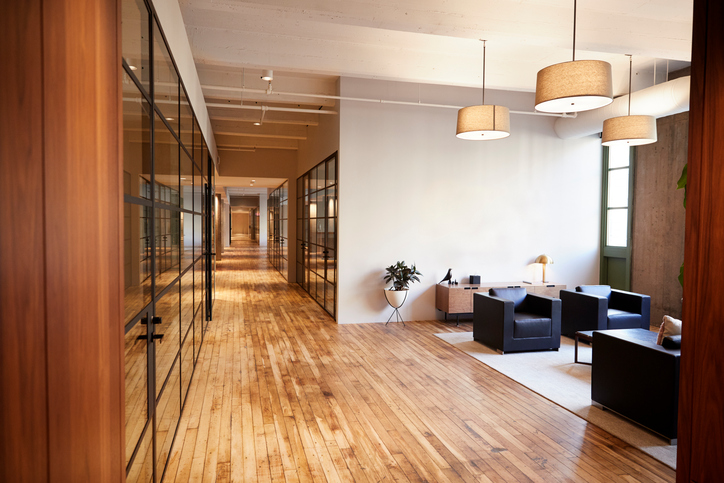- ERC Tax Return Amendment Rules Change - March 25, 2025
- Safe Financial Instruments Guide - December 4, 2024
- New Overtime Rule Increases the Salary Exemption Thresholds - November 19, 2024
 Furniture, fixtures, and equipment (or FF&E) is an accounting term used in the process of valuing, liquidating, or selling a company or building. FF&E refers to any fixture, piece of furniture, or piece of equipment that is moveable and is not permanently attached to a building or is part of a structure’s utilities. Although these items tend to depreciate quickly, their value is an important consideration when valuing, transferring or liquidating a company.
Furniture, fixtures, and equipment (or FF&E) is an accounting term used in the process of valuing, liquidating, or selling a company or building. FF&E refers to any fixture, piece of furniture, or piece of equipment that is moveable and is not permanently attached to a building or is part of a structure’s utilities. Although these items tend to depreciate quickly, their value is an important consideration when valuing, transferring or liquidating a company.
What is FF&E?
Any non-permanent piece of furniture, fixture, or equipment in a building that is used by a business to conduct normal, day-to-day operations is considered to be FF&E. Some examples of FF&E include tables, chairs, electronics, computers, telephones, and desks. These are all assets that would be considered FF&E for a business that could not perform its daily operations without use of such items.
Other types of FF&E may include automotive equipment, currency counters, drill presses, x-ray scanners, and nearly any other furniture, fixture, or equipment that can be moved away from the building or site where it is used for business purposes.
Accounting for FF&E
For accounting purposes, FF&E is categorized on its own line item in a budget or financial statement, and typically has a lifespan of three years or more.
FF&E Depreciation
Depreciation for FF&E can be calculated in a number of ways. The most simple way is to examine the useful life of the item, and use the straight-line method of depreciation. A telephone may last 20 years, while a computer may need to be replaced every three years.
Many businesses use the straight-line method of depreciation for their FF&E assets, which takes the cost of the item, subtracts the salvage value at the end of its useful life, and divides by the total months of estimated useful life. This formula estimates the depreciation expense taken each month on the company’s accounting records.
FF&E Valuation
Because some assets may continue to serve their purpose well past the time when their full depreciation has been recorded on the accounting records and taken on the company’s tax return, the value of FF&E assets should be calculated based on their true economic potential, and not book value when buying or selling a business.
When a business is sold under the Asset Sale Method, both the buyer and seller of the group of assets which make up a business operation must file a Federal Form 8594. This form requires the buyer and seller to identify how the purchase price is being allocated between the various types of assets being acquired. The true economic value of FF&E should be used when completing this form and will be the tax basis for depreciation purposes used by the new business owner.















I am selling my share of a small service business to my business partner. My 50% share will be in the $50K range. Two questions: 1.) Should the FF&E be accounted for after we settle on a price? 2.) Can the FF&E be considered part of the combined basis of the company, and divided equally by both parties (me now to offset immediate gain, him at a future point to offset potential future gain)?
Hi Matt,
For most businesses with a total value of $100K, the Furniture, Fixtures & Equipment typically are not significant. So, settling on a price for your half of the business should include the fair market value of the FF&E.
As for the tax basis when selling the business to another party (even your business partner), it depends on the type of sale (asset vs. stock). If it’s an asset sale, then the purchase price allocation is very important. Whereas if it’s a stock sale, only the stock tax basis matters when determining taxable gains and losses.
Hope this helps a bit Matt… All the best.
For the Hotel bathroom, the sink and vanity bathtub will be including the FF & E, therefore the faucet and showers will be FF & E?
Hi Michiyo,
For hotels, generally the room’s sink, vanity, bathtub/shower units and faucets are not considered FF&E. Instead, they are part of the hotel construction budget.